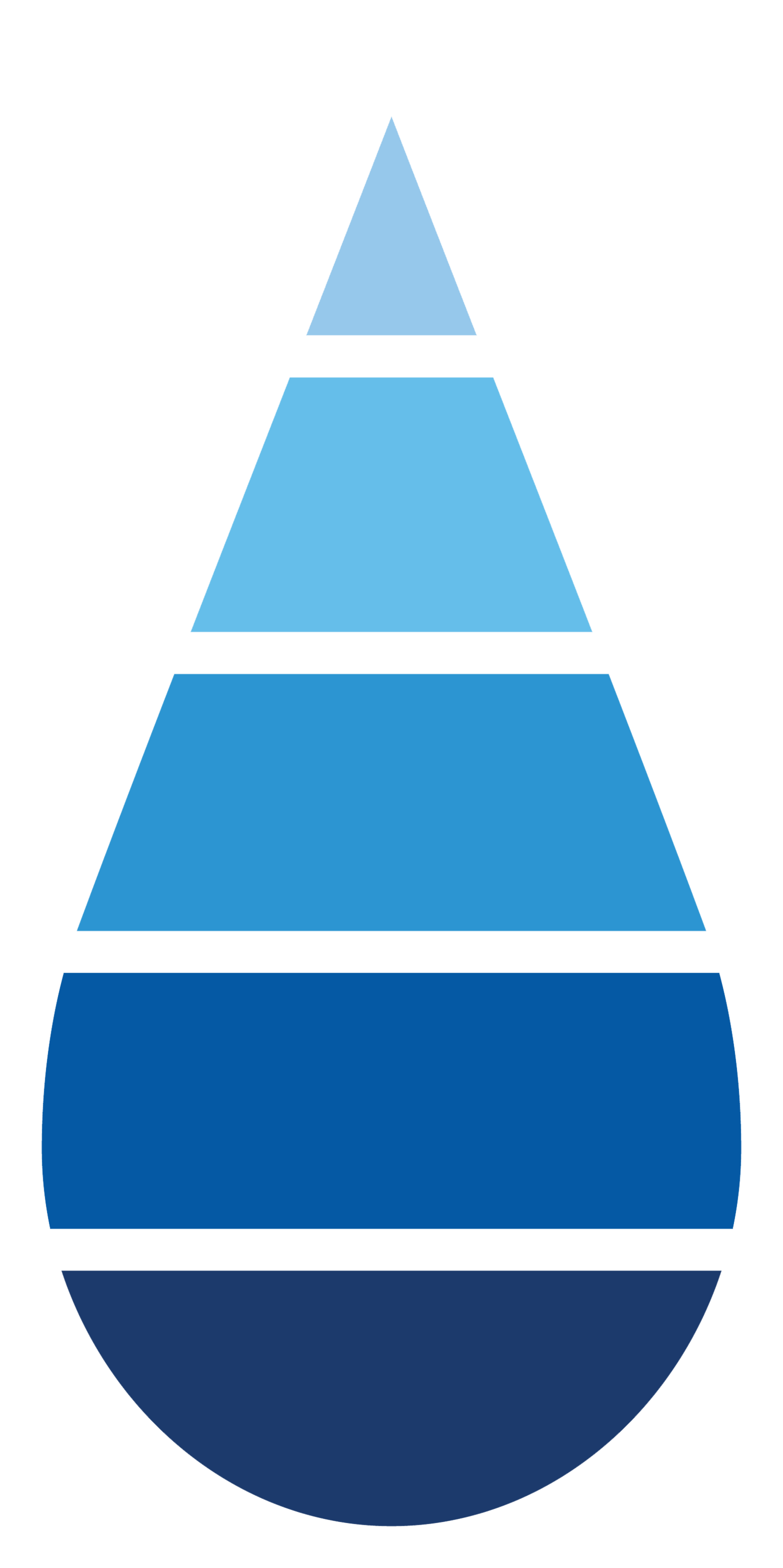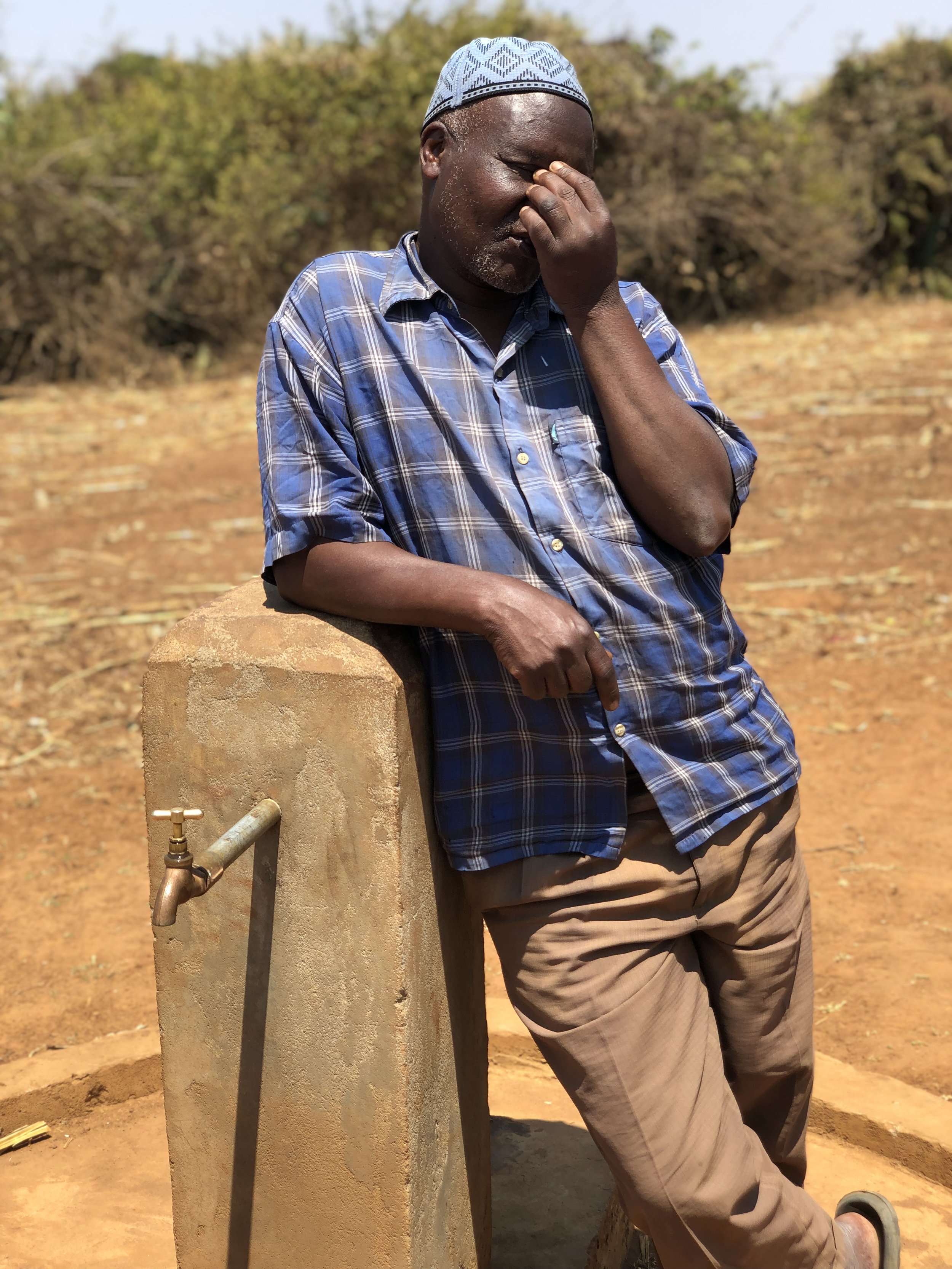Why free water costs so much
One of the first questions we get asked as an organisation is why we charge our customers for water. I’m sure no one reading this in Europe or the USA would question why a bill arrives each month for their water. Yet somehow our attitude towards Africa is different.
Woman collecting clean water from an eWATER Smart Tap, with her pre-paid eWATER Tag
The accepted model of water provision in Africa involves a charity or donor providing lots of cash to install systems, pipes, boreholes and pumps. When that quickly soaks up all the cash and boxes have been ticked, they walk away and leave the inadequately resourced local water department to work with the community to manage the water system. The problem is they can’t; there is no money to fix anything and they are not trained engineers or technicians. That is why in most villages in rural Africa you will find one, two or even three broken water supply projects. They don’t put that in the glossy annual reports.
So the community are expected to collect revenue and manage the $300,000 water system as best they can. There is no systematic revenue collection; it’s ad hoc and disjointed. The community is made up of different tribes, religious groups and power hierarchies; not trained engineers or skilled technicians. As with all water systems, maintenance and repairs are required within a year or two of installation, but the community understandably lacks the skill and resources to keep the system running and have no ability to raise the hundreds of dollars needed for repairs. Attempts at collecting money fail because they require a person to collect the money for water at the tap, meaning that the tap must be locked up and unavailable whenever that person is away working on their main job.
“I used to be a water vendor. I sold water for 3 hours per day and the rest of the time I used to work on the farm. It was a problem for people that they could only access water a few hours a day. Now I have time. Sometimes it was difficult to get people to pay for water. I am happy I no longer have to be a water vendor, it was trouble, people were arguing and complaining a lot. But now I have many friends.”
Leonard Petro, Previous Water Vendor,
Gidewari, Tanzania
If we explore this further, it comes down to an outdated view that Africans cannot afford to pay for a professional service; that poverty means their whole existence must somehow depend on everything being free, provided by their governments or donors. And the narrative now, and always, is “things are just getting worse”.
But let’s take mobile phones as an example of how things are changing. In 2021, The World Bank reported that 93% of people in Sub–Saharan Africa have a mobile cellular subscription, compared with just 2% in 2000.1 In Kenya there are 123 subscriptions per 100 people, which means a lot of people have more than one phone. These mobile phones and subscriptions come at a price, and the exponential growth in the data indicates that customers in Africa are not only willing to pay this price, but able to. For context, our customers pay on average $10 per year for all of their water needs.
And there is a lot of value in that $10 because unlike other water providers, eWATER uses innovative technology to monitor the system to ensure maintenance and repairs are carried out by eWATER Smart Maintenance Teams as soon as they are required, ensuring no one has to go back to using dirty or contaminated water if a tap breaks. The same technology also ensures
accountability and reporting on each cent spent, helping eWATER to collect money efficiently and transparently. Most importantly for our customers, our Smart Taps are available 24/7 so that they can access as much clean water as they wish, day or night. This is a disruptive model that we believe represents the future for rural water provision in Africa.
Sadly for lots of countries, the old approach of free water under community management is still happening, still being funded by bi-lateral donors and lots of NGO’s – and still failing. We’ll be sharing live case studies of this with you in part two of this piece, coming soon.
Man standing by a broken hand pump




